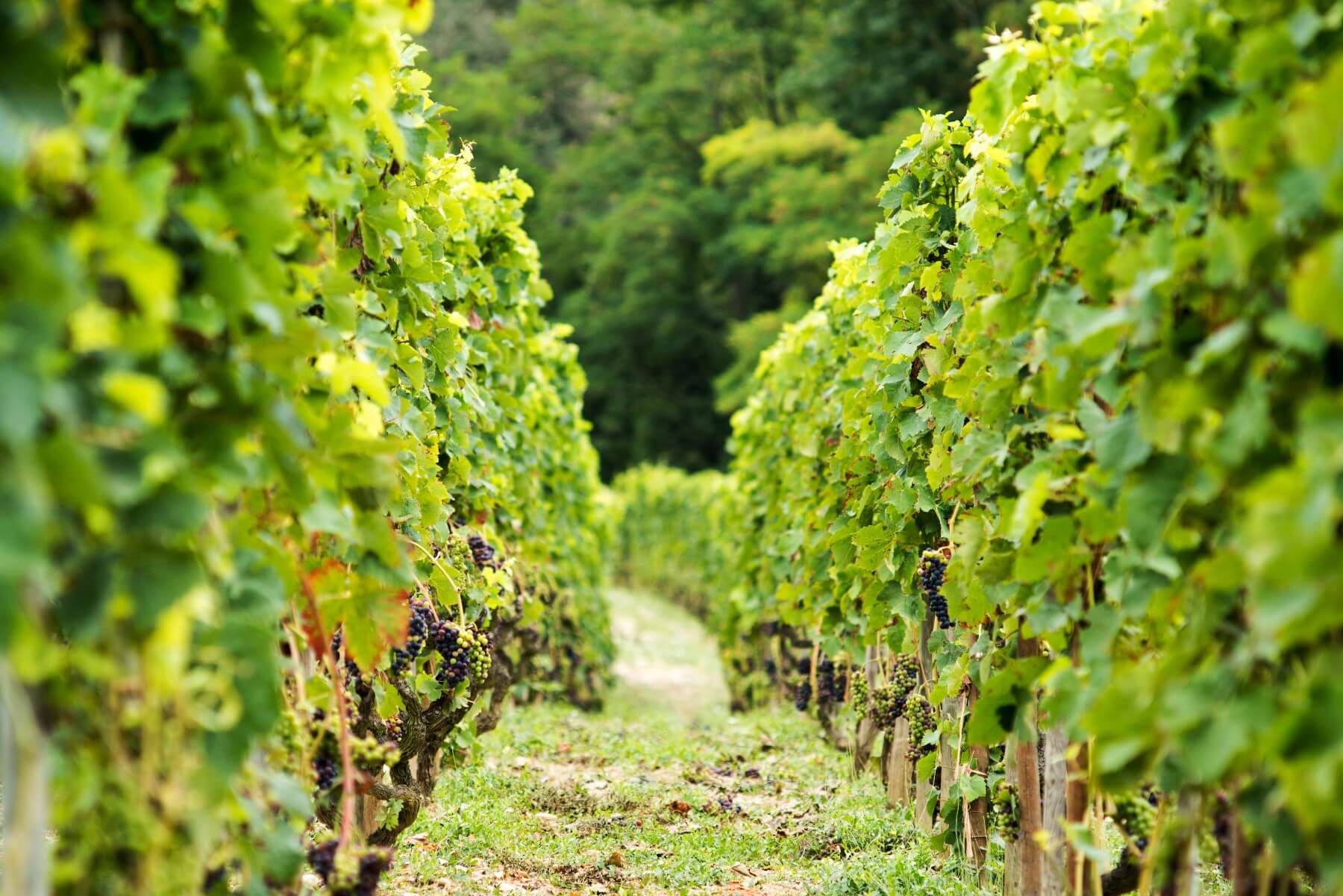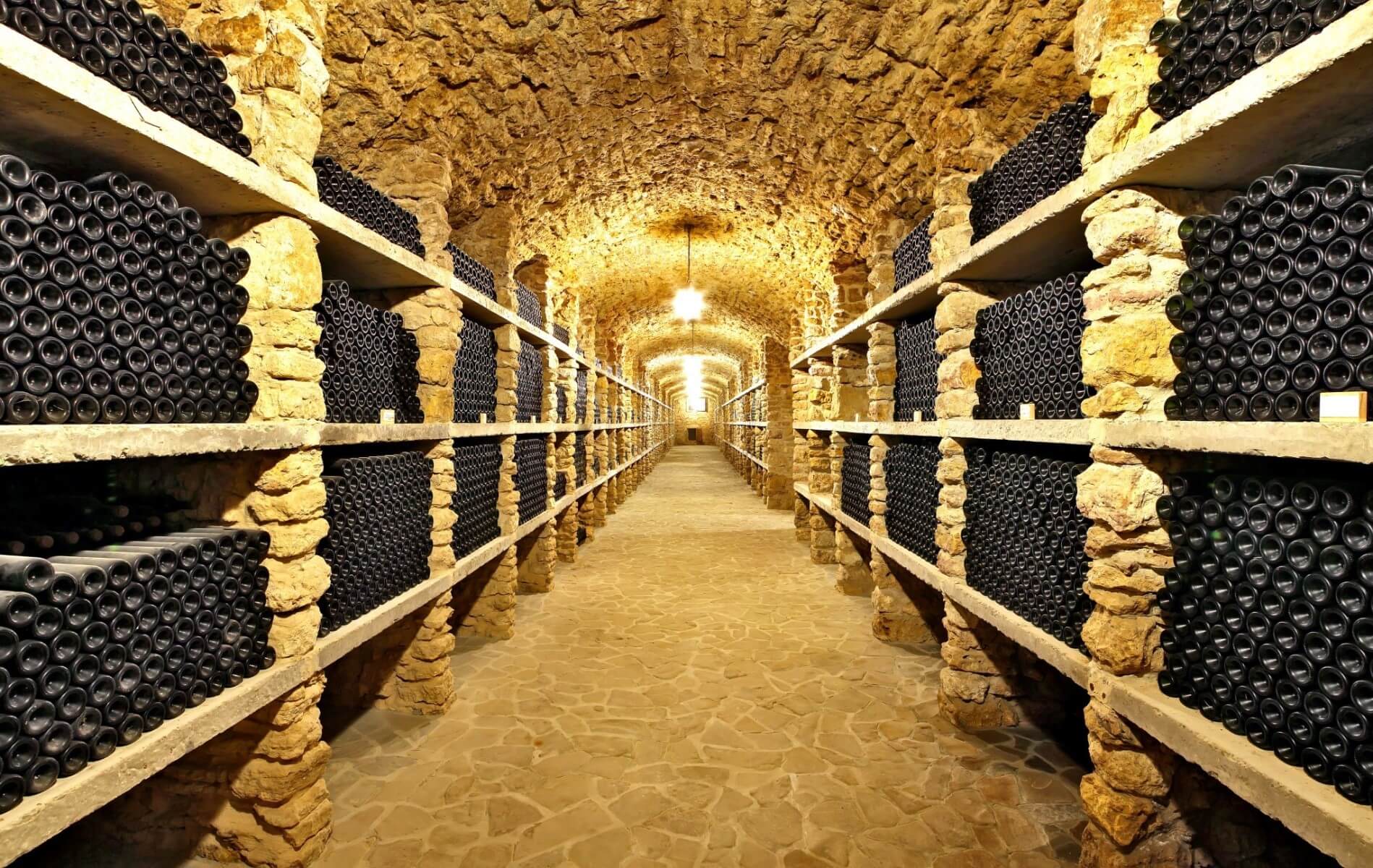

If you want to learn a bit more about one of your favourite grapes, then look no further - here are five facts you might not know about Shiraz.
If you’re a lover of fine red wines in Australia, or indeed, almost anywhere else in the world, then you’re going to have come across a few bottles of Shiraz in your time.
These wines are made from one of the world’s most widely planted grape varietals, and since the 1830s, have found a happy and prosperous home down under, where they grow superbly and reveal those classic, deep fruit flavours we know and love.
It is here also where the Shiraz grape found its perfect food pairing - it goes amazingly well with big hunks of richly flavoured, smokey barbequed meat.
If you want to learn a bit more about one of your favourite grapes, then look no further - here are five facts you might not know about Shiraz.
1. What’s in a name?
It isn’t unusual for grapes to be known by more than one name, from country to country. This is, however, extremely unusual in the English-speaking world, and the name ‘Shiraz’ is used pretty much exclusively by Australian vintners.
Most of the rest of the world refer to it by its French moniker - Syrah - and there’s a bit of a disagreement and mystery as to how this split came about. Most wine historians agree that Shiraz is the older of the two names, possibly referring to the ancient capital of the Persian empire (Shiraz) which was famed across the known world for its deep, red wines.
Some claim the Shirazi grapes were brought from Persia to France, but nobody really knows. To add to the confusion, Shiraz grapes are known by at least twelve other names - Antoureneine Noir, Balsamina, Hignin Noir, Candive, Serine and Marsanne Noir to name but a few.

2. Worldwide spread
Because of its hardiness as a vine and flexibility to different climatic conditions, Shiraz is one of the most widely planted grape varietals in the world. It may have its home in the Rhone Valley of France, but Shiraz is a key grape varietal everywhere from Chile and Argentina, to California, Lebanon, Australia, South Africa and even Switzerland. If it was a human, it certainly would have clocked up a fair number of air miles.
One of the key features of Shiraz is the fact that it is a particularly expressive grape - it adapts to different climates, and produces wines of quite wildly different characteristics, from mild and medium bodied examples in cooler climate, Old World regions, to the big, bold fruity and complex numbers we know well in Australia.

3. Health Benefits
There have been pages and pages written about the various health benefits of red wine. Because the process of making red wines requires the grape juice to have longer contact with the grape skins and seeds, they contain more tannins and various other chemicals which are key in providing the health benefits wine has recently been celebrated for.
Shiraz is a particularly tannic wine (the skins of this grape are slightly thicker than average and contain more tannins), and as such, it is widely regarded as one of the healthiest red wine varietals to drink.

The benefits of Shiraz include reducing heart disease and other cardiovascular problems, tackling obesity and aiding weight loss, preventing diabetes, and helping with general health and fitness.
Amazingly, research has shown that a glass of Shiraz a day can also help prevent signs of ageing. Chemicals present in the Shiraz grape will fight free radicals in your body, and might help you keep your youthful beauty!
4. Good things come to those who wait
Most of the Shiraz wines in Australia are drunk relatively young, even after the winery has aged them to make the most of their complexity and depth.
However, many good Shiraz wines are very age-worthy - that is, you could stick them in a cellar, and let time work its magic, revealing some truly astonishing flavours and aromas after a couple of years.
The reason for this is due to the strong tannins in the wine and its natural, concentrated flavours - ageing will soften those tannins and give the wine a rounded, gentler character.

5. Interesting blends
We generally think of Shiraz as a single varietal wine, as this is what we most commonly see in our wine shops. However, there is a strong tradition of blended Shiraz wine with other grape varietals, something which can lead to some absolutely amazing results.
One of the classic French blends - which is beginning to become more common in Australia - is a mixture of Shiraz grapes with the white Viognier grape.
Viognier is a beautiful, fuller-bodied and extremely floral white wine, which, when mixed with Shiraz, becomes something at once punchy and elegant, and really quite unforgettable.

After getting down to the nitty-gritty of one of our favourite wine types, it's time to meet your wine matches! Check out our quiz below and find out your top 3 favourite types of wine.
Next up: Take our Wine Palate Quiz and match your personal tastes to your top three wine types
Do you know your wine personality? If your answer is no, take our quiz to find out which wines to pick up next and build your box!
Build my box





